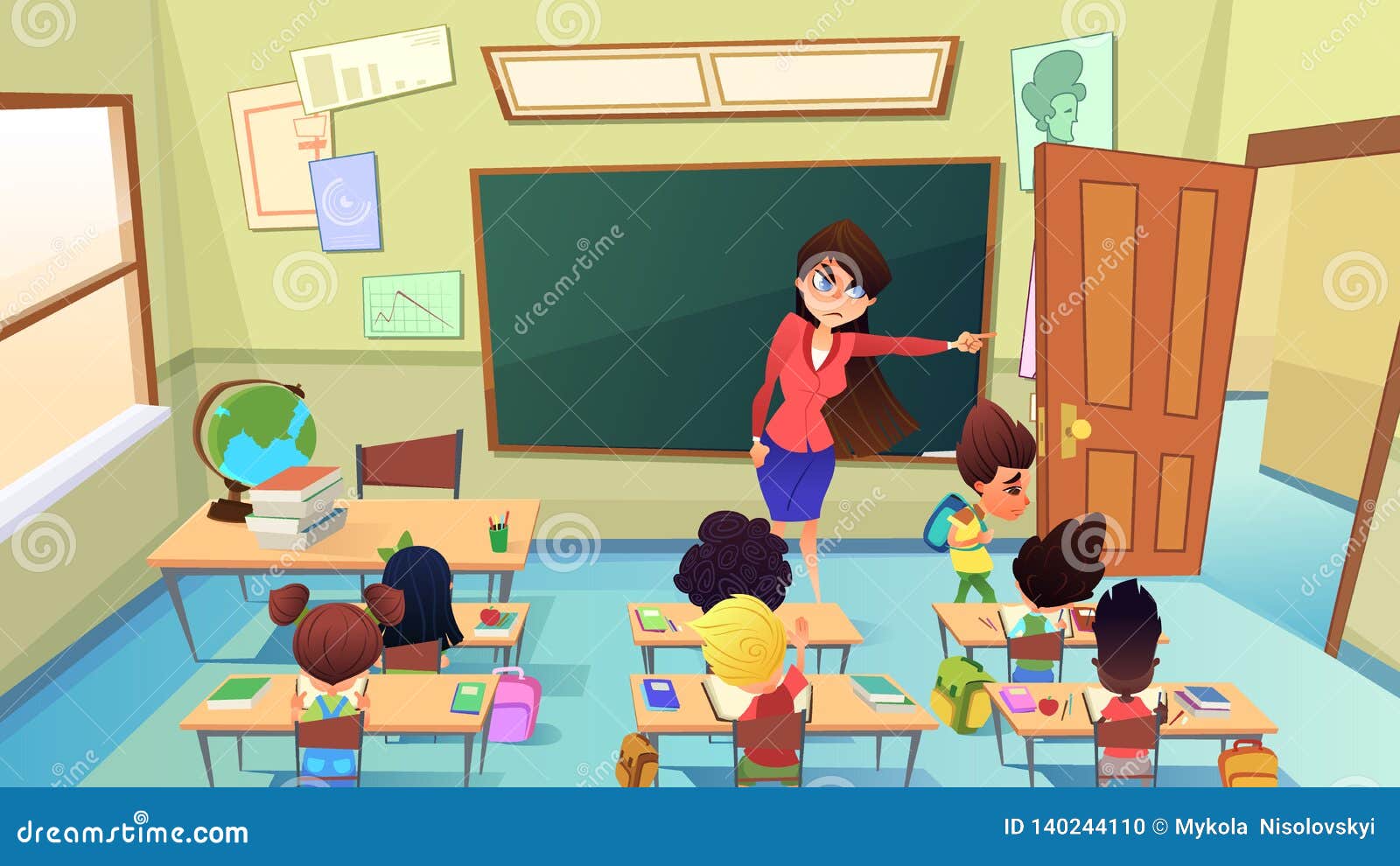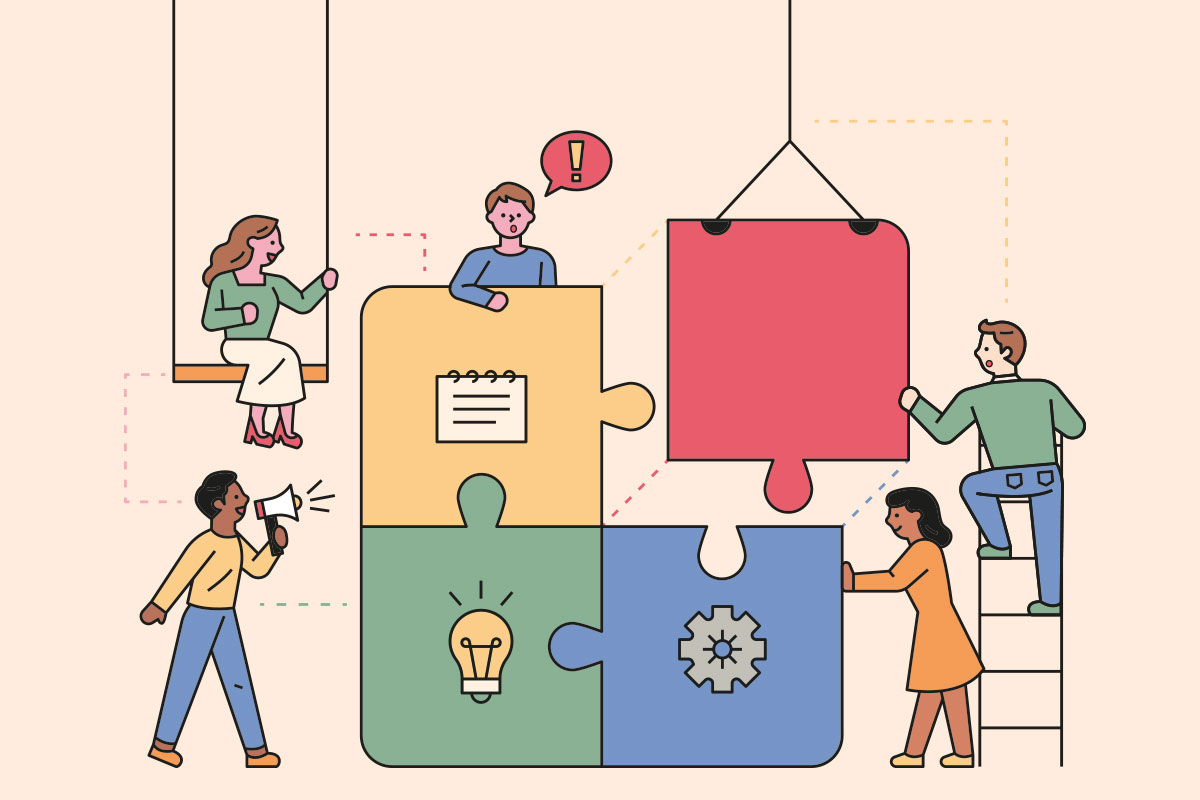For My 5th Blog, I will be taking some quotes from TroubleMakers written by Shalaby.
Preface- "The more you refuse to hear my voice, the louder I will sing." This quote to me spoke volumes about what Shalaby was trying to showcase in her writing. When connecting it to the "troublemaking" kids, they are the birds that are being silenced or pushed away but they refuse to conform to the power that is shutting them down. In the education system, the rule followers and the submissive students are the ones categorized as "good kids" but I believe that Shalaby is posing the argument of what if the troublemakers are also considered good but just in different circumstances or environments. The reason they are considered bad is because they probably speak up or don't follow the absurd amount of structure and rules that are expected for them to follow, so when they are in the slightest form not following the rules, their behavior seems to be har more inappropriate than it really is because the lease that is set on them is one of stillness and submission.
Introduction- "I was the adult, the teacher, the leader. He was the child, the pupil, the follower." This quote paints the picture of the culture of power, where a teacher leads, gives directions, and should expect for everyone to follow, and the student simply follows the directions they were given. As students, we are supposed to have a certain level of respect for teachers which I believe is good and can be healthy but a lot of times that respect becomes fear and then it becomes an unhealthy teacher-student relationship where all the power is on one side.
Reflection- This piece was very enjoyable and it opened my mind to a new perspective on different behaviors by children. This text discusses the influence teachers have on students and dives into the unique individual characteristics each kind of student possesses, which play a big role in the classroom. As teachers, we are to make it more inclusive for all our students so that they don't feel caged in or dismissed.
 How Teachers Impact Their Students
How Teachers Impact Their Students




